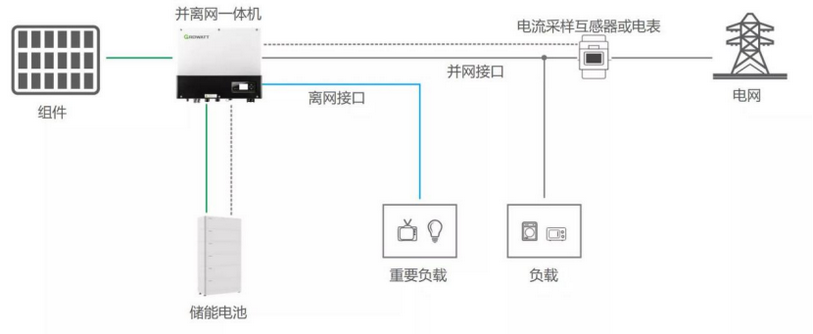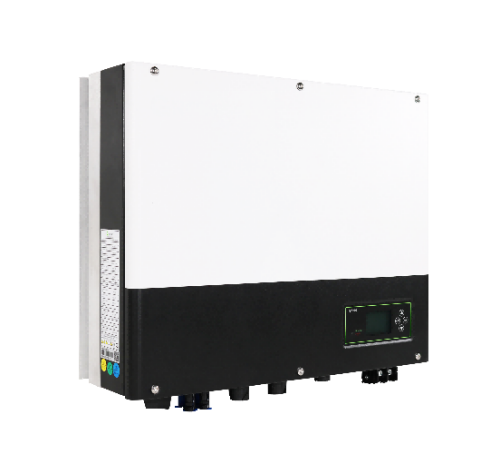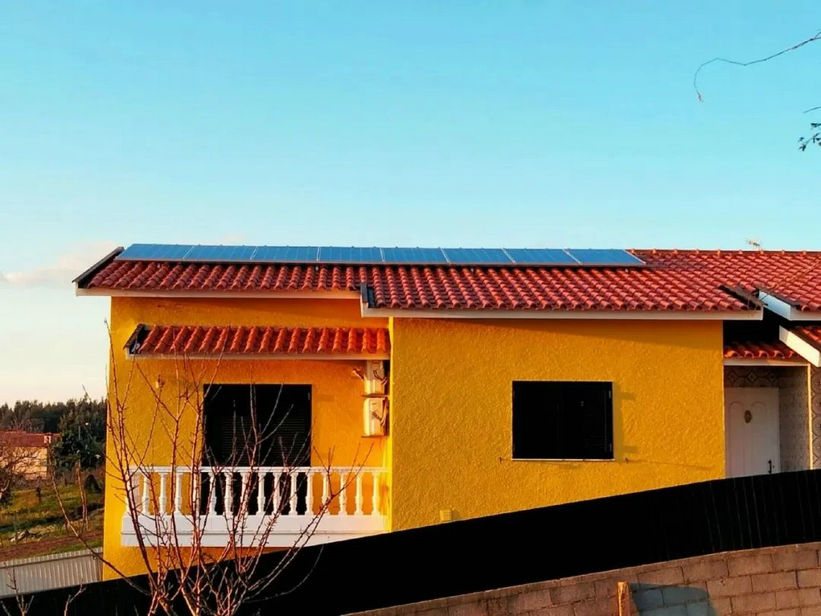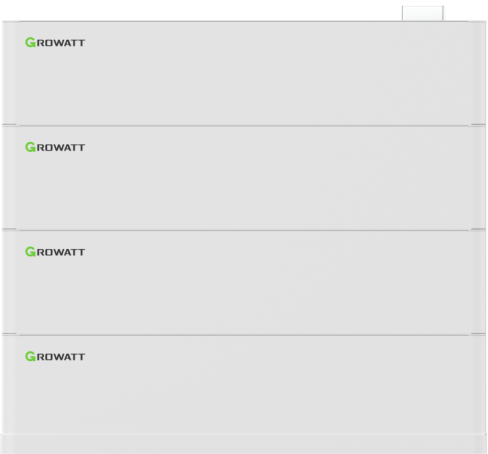| How to design household energy storage system? |
| Release time:2023-02-27 09:17:45| Viewed: |
Photovoltaic energy storage technology can not only solve the problem of unstable output of photovoltaic power stations through appropriate charging and discharging control, but also take intelligent control strategies to bring certain benefits to users. Photovoltaic energy storage system can be divided into grid-connected energy storage system, parallel off-grid energy storage system, off-grid energy storage system and micro-grid energy storage system.
1、 Introduction to parallel and offline system
The characteristic of parallel and off-grid system is that it can be operated in parallel with the grid, or it can be operated separately to supply power for important loads when the grid is powered off. It is applicable to application scenarios such as power system instability, spontaneous self-use failure to access the grid, and self-use price higher than the on-grid price. The system is generally composed of photovoltaic array composed of solar cell modules, parallel and off-grid integrated machine, battery pack, load, power grid, etc.
? Solar cell components
The solar cell module is the main part of the solar power supply system and the most valuable part of the solar power supply system. Its function is to convert the solar radiation energy into DC power.
? Parallel and offline integrated machine
The main function of the parallel and off-grid integrated machine is divided into two parts. The MPPT energy controller is used to regulate and control the electric energy generated by the solar cell module, charge the battery to the maximum extent, and play the role of overcharge protection and over-discharge protection for the battery. The DC/AC inverter reverses the DC power of components and batteries into AC power for AC load.
? storage battery
The main task of the battery pack is to store energy so as to ensure the load power at night or in rainy days.
2、 Key points for design of household parallel off-grid energy storage system
Determine the power of the grid-connected inverter according to the load type and power.
The household load is generally divided into inductive load and resistive load. The loads with motors such as washing machines, air conditioners, refrigerators, water pumps, range hoods, etc. are inductive loads. The starting power of motors is 5-7 times of the rated power. The starting power of these loads should be taken into account when calculating the power of inverters. The output power of the inverter shall be greater than the power of the load.
However, for general families, considering that all loads cannot be switched on at the same time, in order to save costs, the sum of load power can be multiplied by a factor of 0.7~0.9.
Guriwat SPH series parallel and offline all-in-one machine
? Confirm component power according to power consumption
The design principle of the module is to meet the daily power consumption demand of the load under average weather conditions, that is, the annual power generation of the solar cell module should be equal to the annual power consumption of the load. Because the weather conditions are lower and higher than the average, the solar cell module design should basically meet the needs of the worst season of light, even in the worst season of light, the battery can basically be fully charged every day.
? Determine battery capacity based on night power consumption or expected power consumption
The main function of the battery is to store electric energy and ensure the normal operation of the load in the absence of light and electricity. The design of storage battery should include the capacity design and calculation of storage battery and the combination design of series and parallel connection of storage battery.
The discharge depth of the battery should be considered when designing the battery capacity. Generally, the discharge depth of lead-acid battery can be considered as 50% - 70%, and that of lithium battery can be considered as 80% - 90%.
If the energy storage battery uses lithium battery, it needs to be compatible with the BMS protocol of the SPH series and off-grid all-in-one machine.
The requirements of the energy storage system are diverse, and the design of the energy storage system does not necessarily follow the above principles, but should be flexible according to the specific needs of users. "PV+energy storage" is currently the most reliable, promising and most likely distributed solution to be applied on a large scale. |







